What is the difference between Pure Maple Syrup and Maple Flavoured Syrup?
Pure maple syrup is made from 100% maple sap, with nothing added. Maple flavoured syrup by contrast is a sugar syrup with added flavourings.
While nothing can come close to the rich, caramel flavour of the real deal, maple flavoured syrup does have its place on cheap and cheerful pancakes for feeding a crowd!
Where does Queen Pure Maple Syrup come from?
Queen Pure Maple Syrup comes from the sap of wild maple trees grown in the Chaudière-Appalaches region of Quebec, Canada. After the sap is extracted, it is boiled down to make a rich, concentrated and pure maple syrup. There is absolutely nothing added, making it preservative free, gluten free, vegan and utterly delicious.
How is maple syrup extracted from maple trees?
Maple sap is extracted from wild maple trees by ‘tapping’, a process that involves drilling small holes into their trunks. The trees are at least 40 years old, and can support up to three taps depending on the diameter of the tree trunk.
While tapping does create a small wound, it doesn’t hurt the tree! Commercial producers are able to tap trees every season for decades without affecting the health of the tree.
The tap is connected to a tubing system that delivers the sap straight to a pumping station. From here, it is concentrated to separate the sugary maple syrup and excess water by a process called reverse osmosis. The concentrated sap is then boiled down even further to become pure maple syrup.
When is maple sap harvested?
Maple trees naturally store starch in their trunks and roots before and during winter. As the temperature increases in spring, this starch converts into sugar. The combination of below freezing nights and above freezing warm(er!) days changes the pressure inside the tree which causes the sugary sap to start flowing. The season for tapping lasts between 2 and 3 months, depending on the weather.
How much maple syrup does one maple tree produce?
Ready to do a bit of maths?
A typical tree produces 40 litres of sap per season.
On average, 40 litres of sap produces 1 litre of pure maple syrup.
So… each tree produces just 1 precious litre of pure maple syrup a year!
What grade is Queen Maple Syrup:
Our maple syrup is “Grade A: Amber Color and Rich Taste” (formerly Grade A: Dark Amber – read more about the 2015 changes to the grading system below).
This grading means that our syrup is dark in colour with a rich, robust ‘mapley’ taste making it perfect for baking and drizzling over homemade pancakes & waffles.
Is pure maple syrup vegan?
Yes! Queen Pure Maple Syrup is made from maple sap, harvested straight from the maple tree with absolutely nothing added.
What do the grades of maple syrup mean?
While you may have seen Grade A and B on maple syrup labels in the past, this system of grading was updated in 2015.
The original grading system was based on colour and flavour intensity due to the point in the season it was harvested, and was never intended to make ‘A’ seem like better quality than ‘B’. To clear up the confusion, the new system is as follows;
Grade A Golden Colour and Delicate Taste (formerly “Fancy”)
Grade A Amber Colour and Rich Flavour (formerly “Grade A Medium Amber”, “Grade A Dark Amber”)
Grade A Dark Colour and Robust Flavour (formerly “Grade A Dark Amber”, “Grade B”)
Grade A Very Dark and Strong Flavour (formerly “Grace C”)
As you can see, all commercially available maple syrup is now labelled as Grade A, with the colour and flavour clearly defended. So long as maple syrup doesn’t have an off-flavour, is a uniform colour and free from any sediment, it can be labelled as one of the A grades. Maple syrup that does have any of these problems is labelled as ‘Processing Grade’ and can’t be sold in containers smaller than 5 gallons.
What does pure maple syrup taste like?
Simply speaking: delicious! Pure Maple Syrup has a sweet, distinctive flavour with hints of caramel and toffee that make it unique and difficult to put into words. Agriculture Canada have done their best by developing a ‘flavour wheel’, detailing 91 distinctive flavours that can be present in maple syrup. These are further broken down into 13 families, one of which we are very familiar with – vanilla!
Is pure maple syrup sustainable?
Maple syrup producers must follow strict guidelines set by Canadian Law throughout the entire production process. For example, maple trees are tapped in a slightly different area each year to ensure they live long, healthy lives.
On top of the economic benefits that the industry brings to Quebec, the trees themselves are ecological powerhouses! The millions that make up the maple forests are estimated to offset the carbon emissions from 770,000 vehicles each year, equivalent to one-third of the vehicles in New York City.
How long does pure maple syrup last?
Once opened, pure maple syrup should be stored in the refrigerator where it will last from 6 months to a year. If you store an opened bottle in your pantry, it may begin to grow mold as our syrup is completely free from additives or preservatives!
Unopened bottles of syrup will keep for a minimum of 3 years. Interestingly, maple syrup can also be stored in the freezer where it will keep indefinitely.
So Queen Bakers, are you armed and ready to bake all things maple? Explore our delicious collection of maple recipes here!
For monthly recipe inspiration delivered straight to your inbox, along with product information, competitions and special offers, be sure to join our Queen Baking Club.

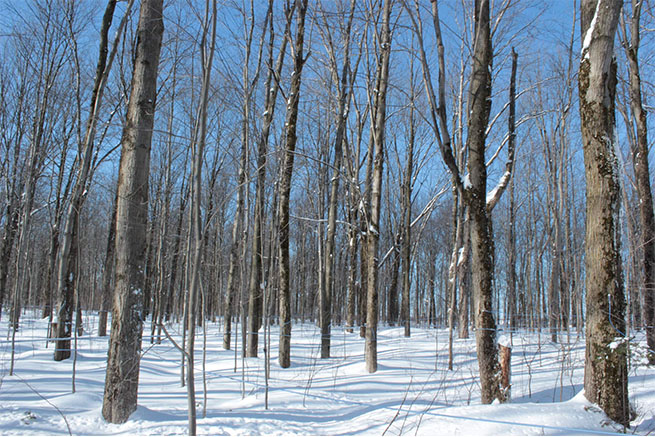
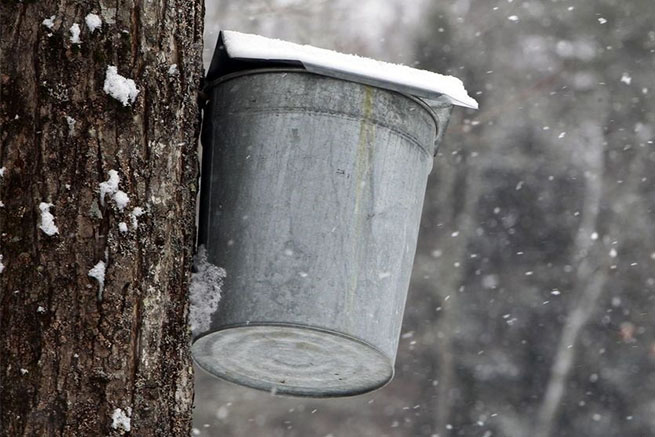
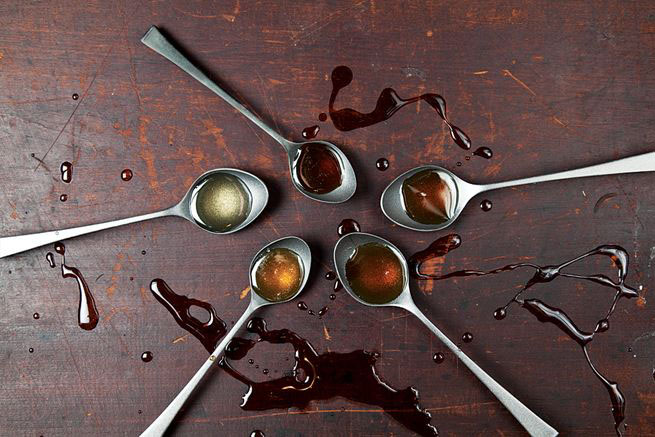
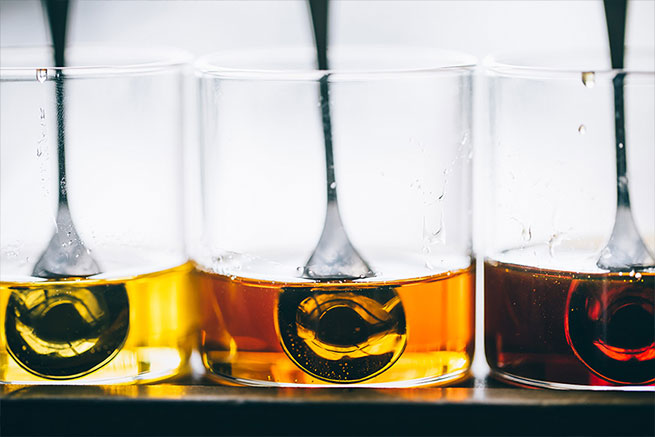
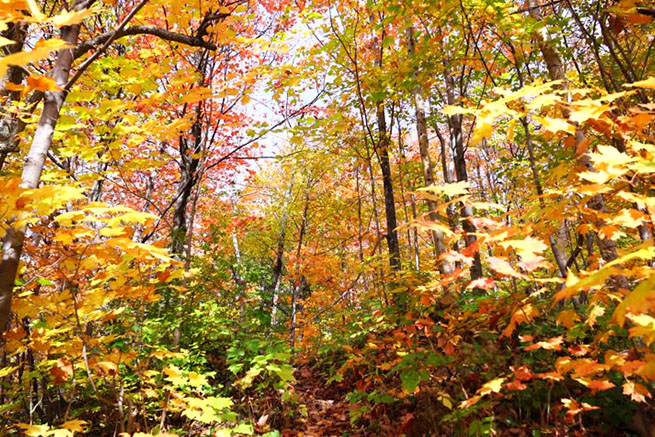
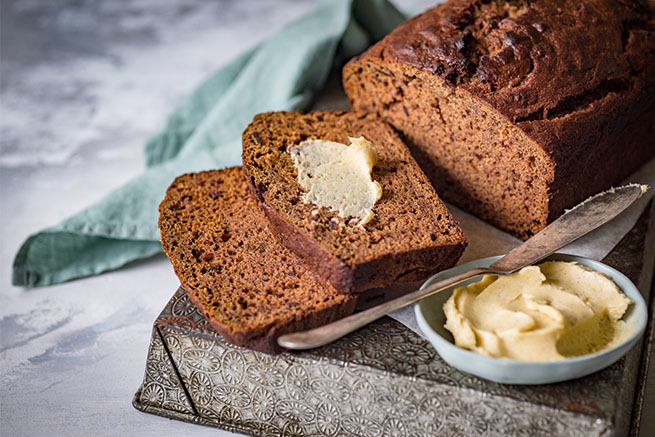
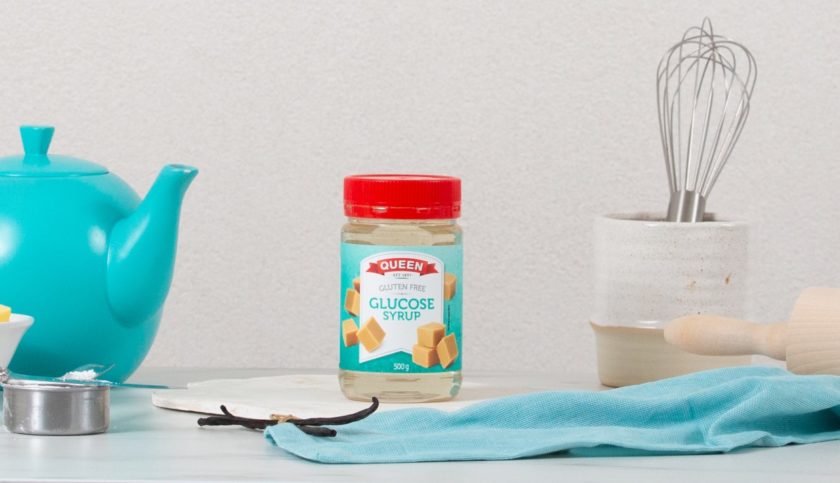
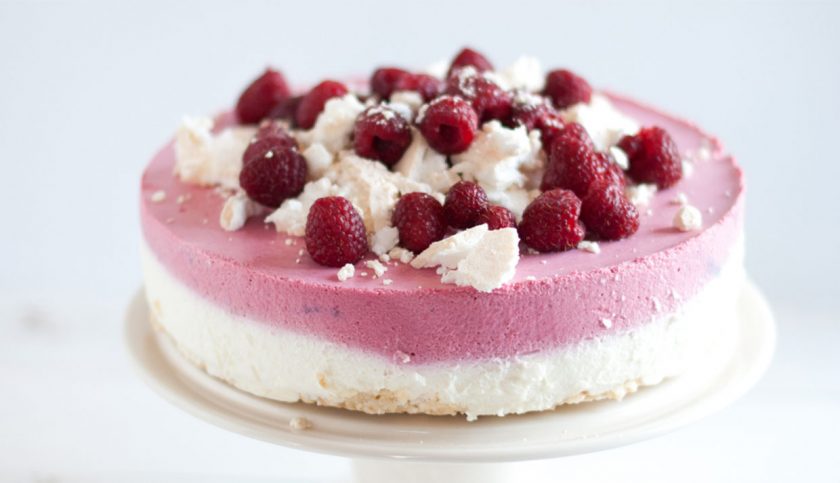

Comments & Reviews